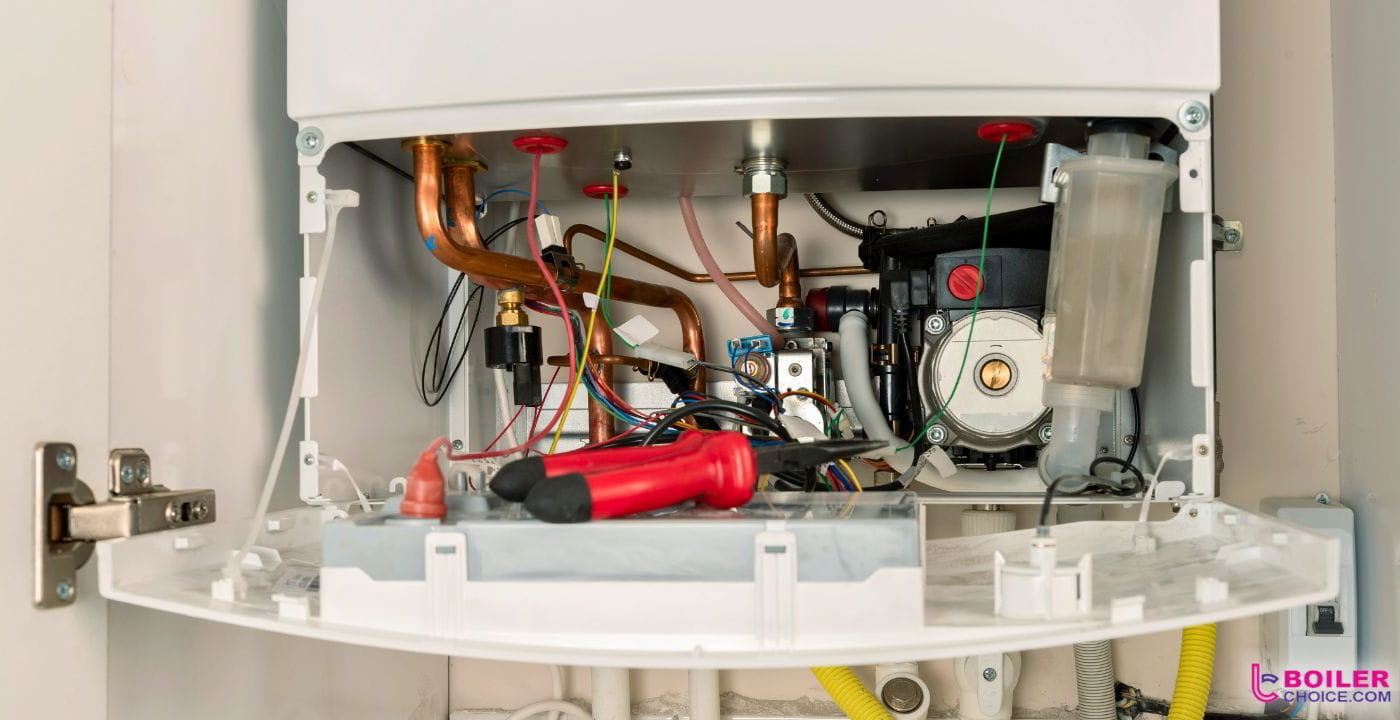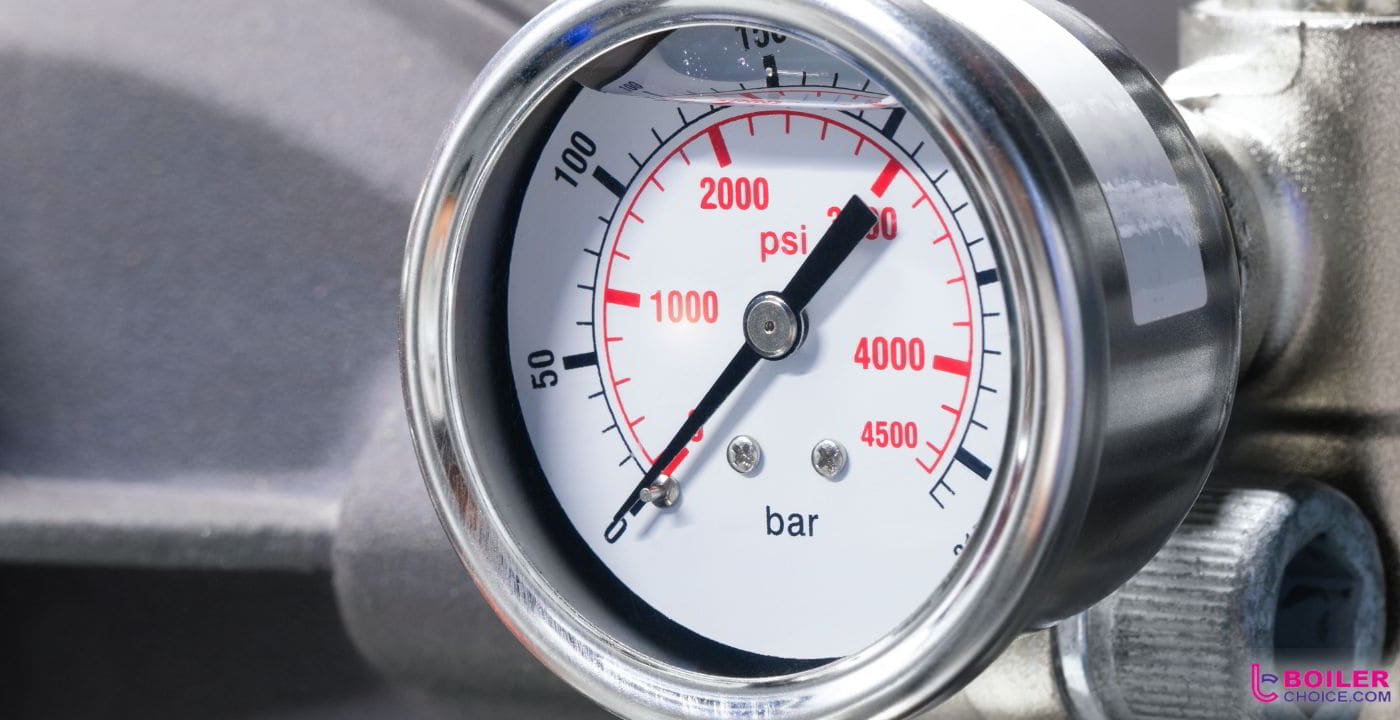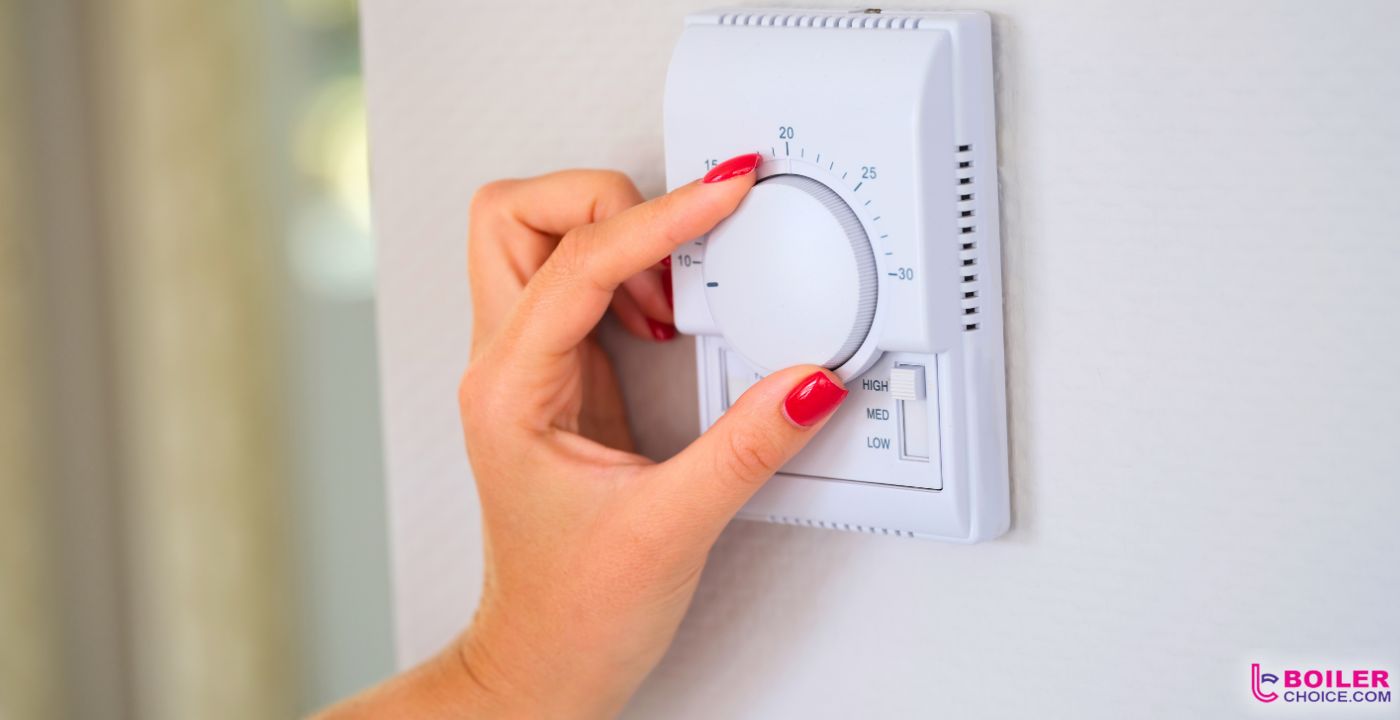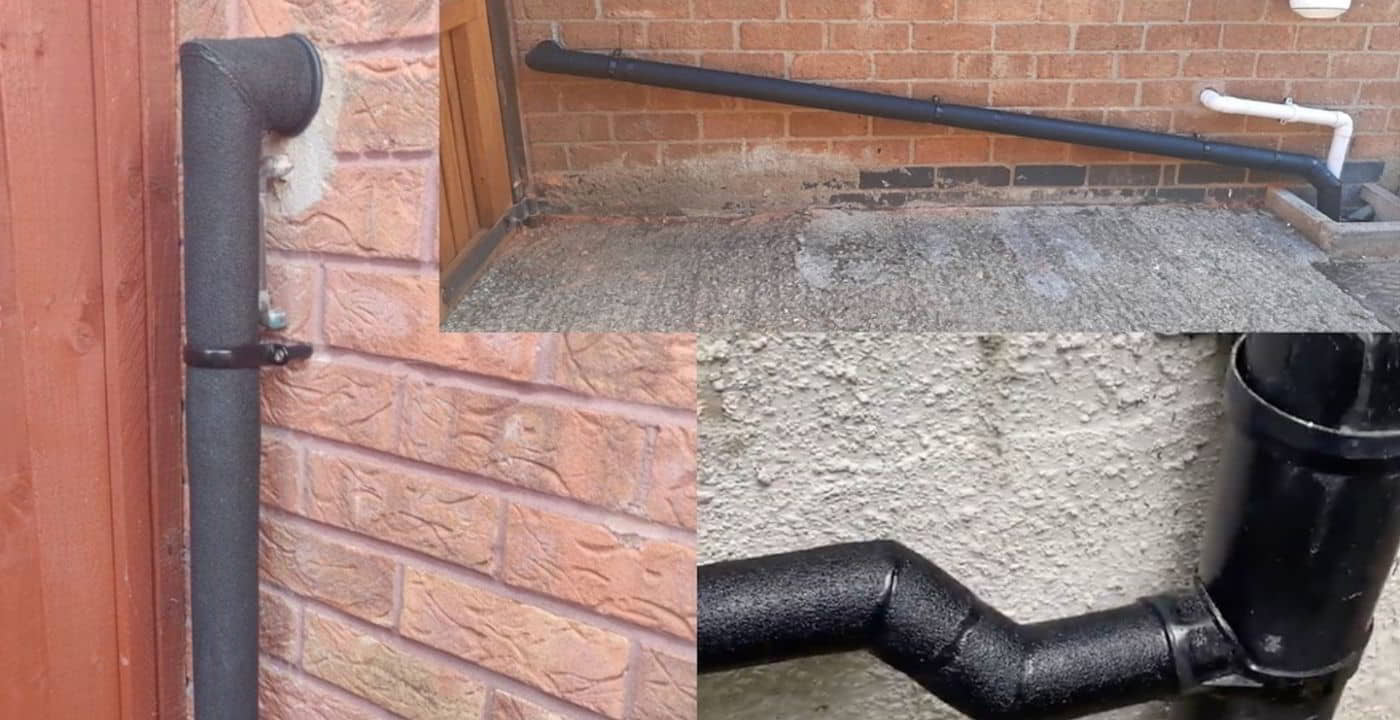
Key Notes:
- The condensate pipe is an integral part of a boiler that channels waste condensate from the boiler to your home’s external drains.
- Regular maintenance of your condensate pipe is essential to prevent blockages, particularly during colder seasons when the risk of freezing is high.
- Installation and regulation compliance is key to a functioning condensate pipe, with specific requirements regarding pipe size, material, and positioning that must be observed.
ℹ Boiler condensate is acidic and potentially harmful. It must be disposed of safely and in accordance with disposal regulations and guidelines.
Understanding What Condensate Is
Condensate, in the context of a boiler, refers to the water that is produced during the process of condensation. As your boiler operates, it efficiently extracts heat from the combustion of gas.
This heat extraction process causes water vapour present in the exhaust gases to condense, resulting in condensate. A byproduct of modern boiler operations, condensate is acidic. Its acidic nature necessitates careful handling and proper disposal.
Being able to correctly identify the condensate pipe in your home’s boiler system is an essential part of ensuring that your boiler runs efficiently and safely.
What is a Condensate Pipe and How Does it Work?
The condensate pipe on a boiler is a component that channels the condensate produced during the heating process from the boiler to your home’s drainage system. This pipe is commonly found as a small, white pipe emerging from the back of your boiler, extending down your home’s external wall and into a drain.
The pipe’s design allows it to only release water when a certain volume threshold has been reached, similar to a U-bend under your kitchen sink. Water is typically released in 300ml increments, helping to reduce the risk of freezing during colder months.
How Does a Condensing Boiler Work?
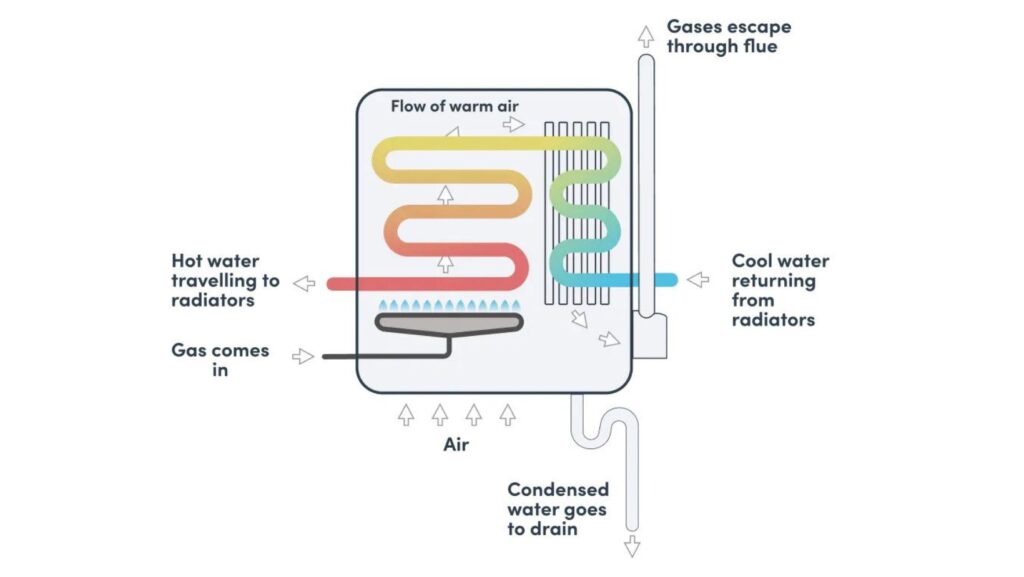
A condensing boiler operates using a unique mechanism compared to conventional boilers, enabling it to provide efficient heating while producing less waste. It works by condensing water vapour in the exhaust gases, which subsequently recovers the latent heat of vaporisation that might have otherwise been wasted.
This enhanced efficiency makes condensing boilers an environmentally-friendly and cost-saving solution for home heating. Let’s explore the workings of a condensing boiler, and how it relates to the condensate pipe, in a little more detail:
The Combustion Process
The combustion process in a condensing boiler begins when fuel (natural gas, oil, or propane) is burned, generating heat. In this process, waste gases including water vapour are also produced. These gases are expelled from the boiler and out of the house through the flue.
Heat Exchange
The primary heat exchanger within the boiler plays a vital role. It pulls heat from the burned gas, using it to warm up the cold water entering the boiler. The hot water is then distributed throughout the house to radiators or underfloor heating systems.
Condensing Process
Now comes the significant part, the condensing process. In conventional boilers, the hot waste gases (including water vapour) are expelled directly outside via the flue, wasting potential energy.
In condensing boilers, however, a secondary heat exchanger comes into play. It extracts extra heat from the waste gases by cooling them to a point where the water vapour in the gas condenses, releasing latent heat. This condensation process is where the boiler gets its name.
Condensate Drainage
The condensation that results from this process is mildly acidic. It’s drained away from the boiler to the outside of the property via the condensate pipe. It’s crucial to ensure this pipe is installed and maintained properly to prevent issues like freezing or blockages.
Efficient Heat Utilisation
The process of condensation allows condensing boilers to utilise more heat from the combustion process, which would otherwise be lost. This means they require less fuel to provide the same amount of heat compared to conventional boilers, thereby making them more energy-efficient.
The Importance of Condensate Pipe Maintenance
Regular maintenance of the condensate pipe boiler is necessary to keep your boiler system operating optimally. One common issue with condensate pipes is freezing during the colder months, which can cause blockages and result in your boiler shutting down.
To identify if your boiler has a frozen condensate pipe, look for an error code on your boiler’s interface. A boiler suffering from a frozen condensate pipe will typically ‘lockout’ and be unusable until the blockage has been resolved.
Condensate Pipe Installation and Regulations
Installing your boiler condensate pipe correctly is crucial. For the pipe to effectively carry away condensate, it should be no longer than 3 metres from your boiler to the drain. Any portion of the pipe exposed to outside air should ideally be insulated to prevent freezing.
Regulations regarding combi boiler condensate pipe installation are specific, with requirements for the pipe to be installed at a gradient to prevent backflow from the drain. In the UK, boiler condensate pipe regulations mandate a minimum decline of 44mm per metre for the condensate pipe.
In terms of pipe size, internal overflow pipes should be a minimum size of 21.5mm, while external overflow pipes can be a minimum size of 32mm. In situations where a drain is not available, a product called a ‘soakaway’ can be used. A soakaway uses limescale chippings to absorb the condensate and neutralise its acidic content.
Condensate Pipe Common Problems and Fixes
One of the most common problems with condensate pipework is freezing during the winter. To fix a blocked or frozen condensate pipe, you can apply warm water (between 60-70°) to the entire external section of the pipe.
Keep in mind that thawing can take several hours and might require multiple applications of warm water. In extreme cases, you may have to cut the section of the pipe that is frozen. Always remember to follow boiler overflow pipe regulations when carrying out any maintenance or repair work on your condensate pipe.
Preventative Measures
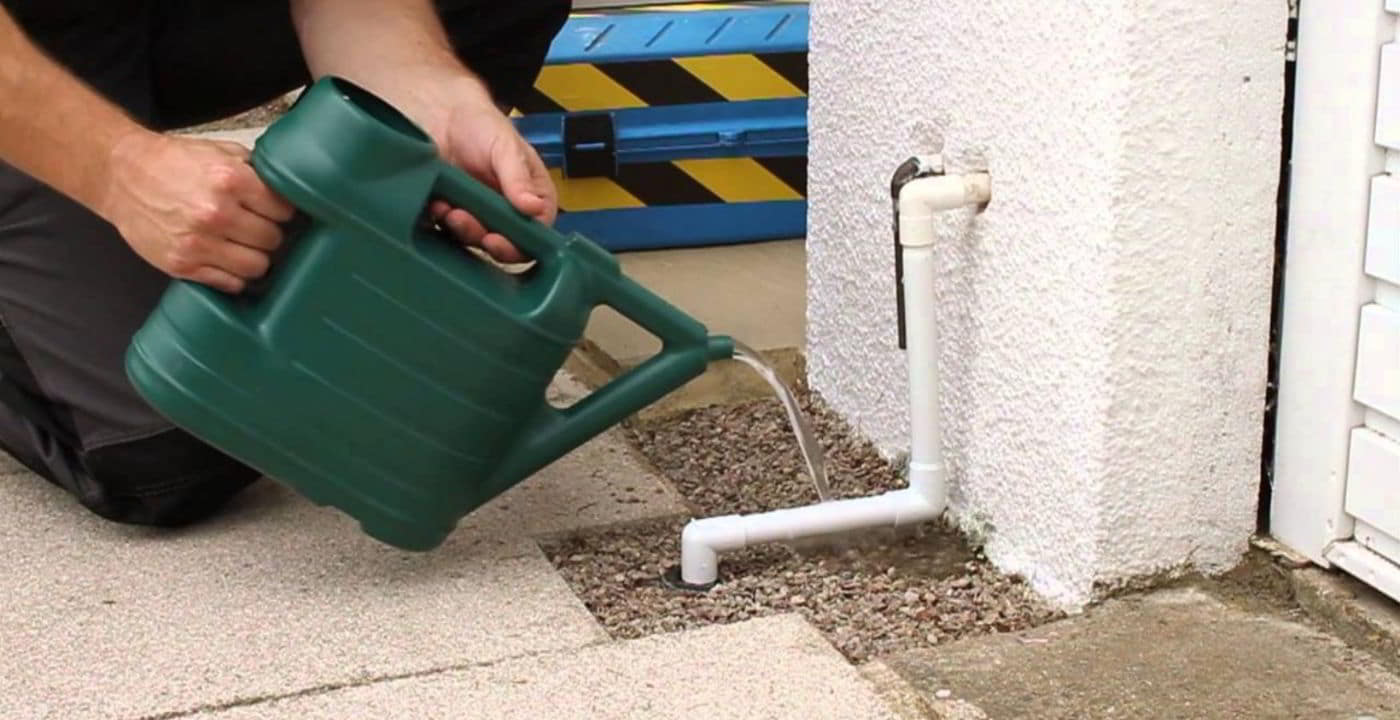
To maintain the efficiency and smooth operation of your boiler, it’s crucial to understand and apply preventative measures to your condensate pipe. Preventing the pipe from freezing, particularly in colder seasons, is one of the main issues that need addressing. Here are some of the preventative measures to protect your condensate pipe:
Insulation (Lagging)
The importance of insulating your condensate pipe cannot be overstated. This process, often referred to as lagging, involves wrapping the pipe with a foam-based material or insulation sleeve.
This is particularly crucial for parts of the pipe exposed to outside weather, as it keeps the pipe warm and prevents the condensate from freezing, which could lead to boiler shutdowns.
Pipe Length
Ensure the pipe is no longer than 3 metres from your boiler to the sewer or drain itself. This reduces the chances of the pipe freezing.
Pipe Gradient
The condensate pipe should be installed at a gradient to prevent any backsplash from the drain travelling back up to your boiler. The minimum decline should be 44mm per metre.
Frequently Asked Questions (FAQs)
Why Does My Boiler Need a Condensate Pipe?
A condensate pipe is essential for carrying away the wastewater produced by your boiler’s operation. This pipe ensures that the waste water is correctly and safely disposed of.
Where Does a Boiler Condensate Pipe Go?
A boiler condensate pipe typically goes from the back of your boiler, down your home’s exterior wall, and into a drain. This can vary depending on your home’s layout and local regulations.
How Does a Condensate Pipe Work on a Boiler?
A condensate pipe works by channelling the wastewater produced by your boiler’s operation from the boiler to your home’s drains. It is designed to only release water when a certain volume threshold is reached to help prevent freezing.
What Happens if a Boiler Condensate Pipe is Blocked?
If a boiler condensate pipe is blocked, the boiler will typically display an error code and ‘lockout’, meaning it will be unusable until the blockage is resolved.
Conclusion
Understanding the role and importance of the condensate pipe in your boiler system is crucial for maintaining your boiler’s efficiency and longevity.
Regular maintenance and proper installation of your boiler drain pipe can prevent common problems such as blockages and freezing, ensuring your boiler operates smoothly regardless of the season.
If you are looking for a new condensing boiler, we stock the best models from the best manufacturers in the country. Check out our full range today!
This blog was written in collaboration with Eddie Scoffin, the founder of Boiler Choice. Eddie has been installing boilers for over a decade. With a passion for excellence and customer satisfaction, Eddie’s leadership and expertise have been instrumental in the success of Boiler Choice. His commitment to making the boiler installation process hassle-free for customers has earned him a respected reputation in the industry.
Updated on August 21, 2023


